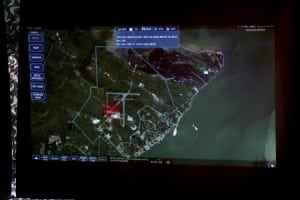
There is a growing demand from the services and U.S. allies for more Bold Quest demonstrations, the joint-staff led coalition air combat assessments examining combat identification issues, an official said. “There’s a demand out there for these events,” said John Miller, Bold Quest operational manager, Joint Staff J6 Deputy Director for Command and Control Integration (DD C2I), Joint Fires Division. Bold Quest 13-1 was the 11th in the series that take place about every one and a half to two…

 By
By 











